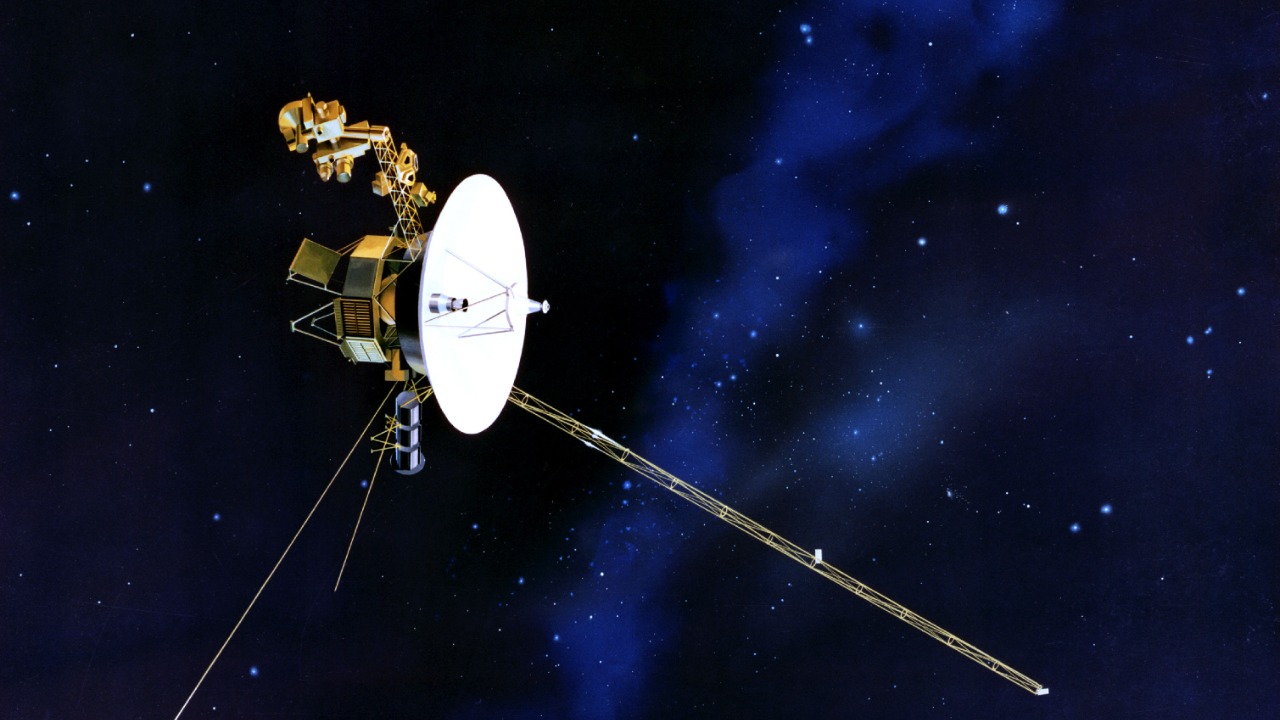
The Voyager spacecraft, on a decades-long journey of exploration, have made an unusual discovery at the edge of our solar system. They’ve detected a layer of hot plasma at the solar system’s boundary, opening a new window of understanding into interstellar space.
The Voyager Mission
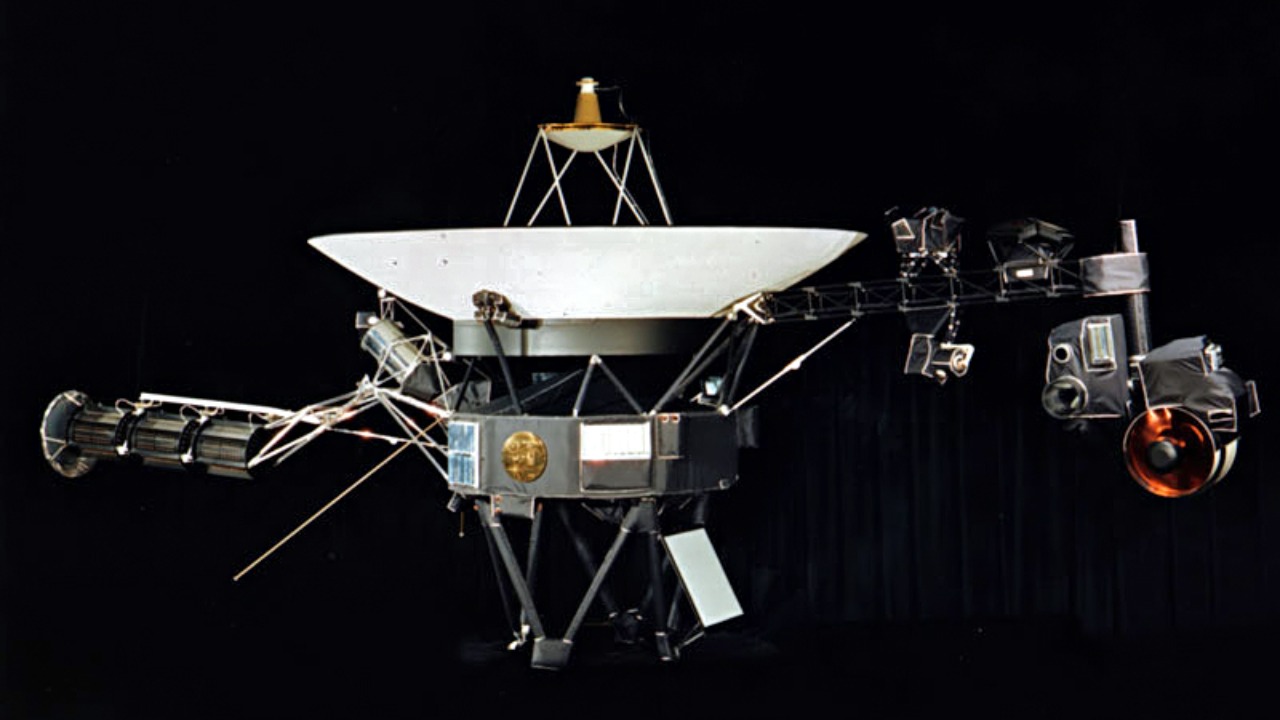
Launched by NASA in 1977, the Voyager spacecraft have been on an epic voyage of exploration for over four decades. Voyager 1 and Voyager 2 were tasked with exploring the outer planets of our solar system, and they’ve exceeded expectations, making a host of significant discoveries. They’ve captured breathtaking images of the giant planets, unveiled the intricate structure of Saturn’s rings and provided the first detailed measurements of the solar wind and cosmic rays.
Currently, Voyager 1 is over 14 billion miles away from Earth, while its sibling Voyager 2 is not far behind at over 11 billion miles away. They are both in a region known as the heliosheath, the outermost layer of the heliosphere where the solar wind is slowed by the pressure of interstellar gas. For more details about their current status and location, see here.
Understanding the Solar System’s Boundary
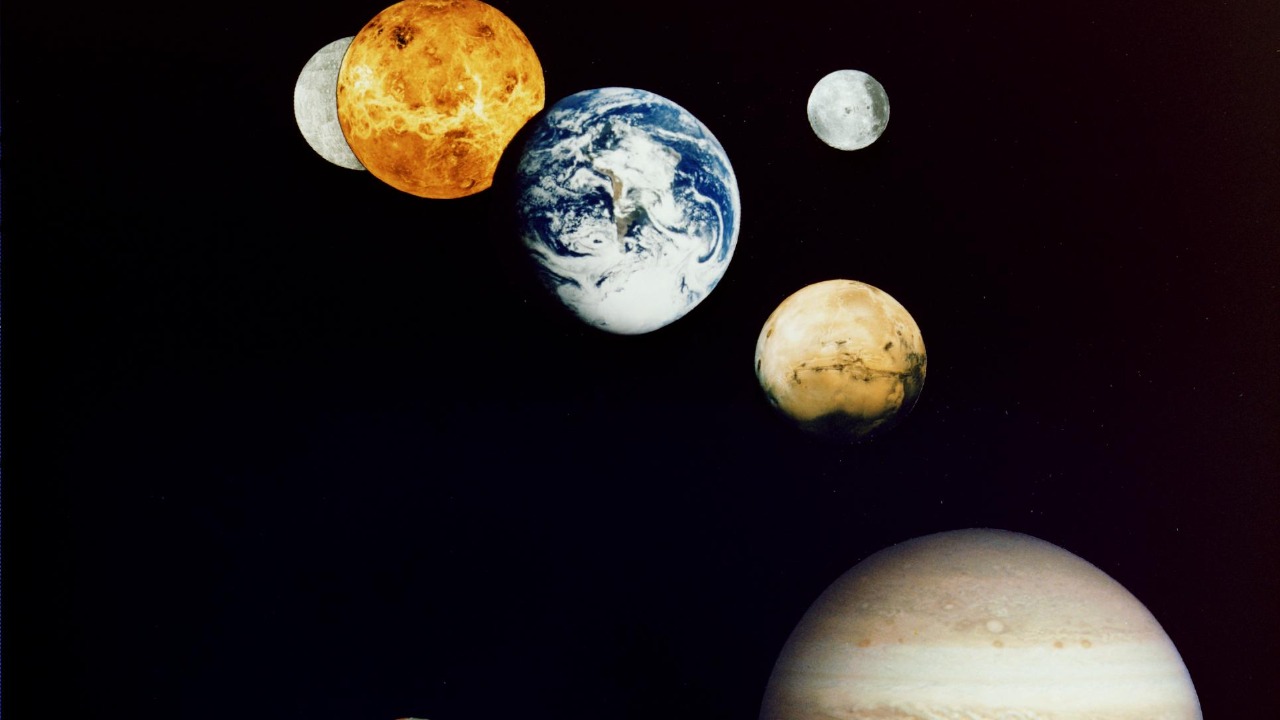
The boundary of the solar system, also known as the heliopause, is the point at which the solar wind slows down and merges with the interstellar medium. It’s a region of complex interaction between the solar wind, a stream of charged particles emitted by the sun, and the interstellar medium, the matter that fills the space between stars. This interaction shapes the boundary and makes it difficult to determine exactly where it lies, a challenge that has led to much debate among scientists.
One of the main obstacles in determining if Voyager 1 has left the solar system is the unpredictable nature of solar wind. Solar wind creates a bubble, known as the heliosphere, around our solar system. The edge of this bubble is the solar system boundary, but this boundary is not fixed and changes with solar activity. For more on why it’s so hard to figure out if Voyager 1 has left the solar system, check out this discussion.
Discovery of the Hot Plasma Layer
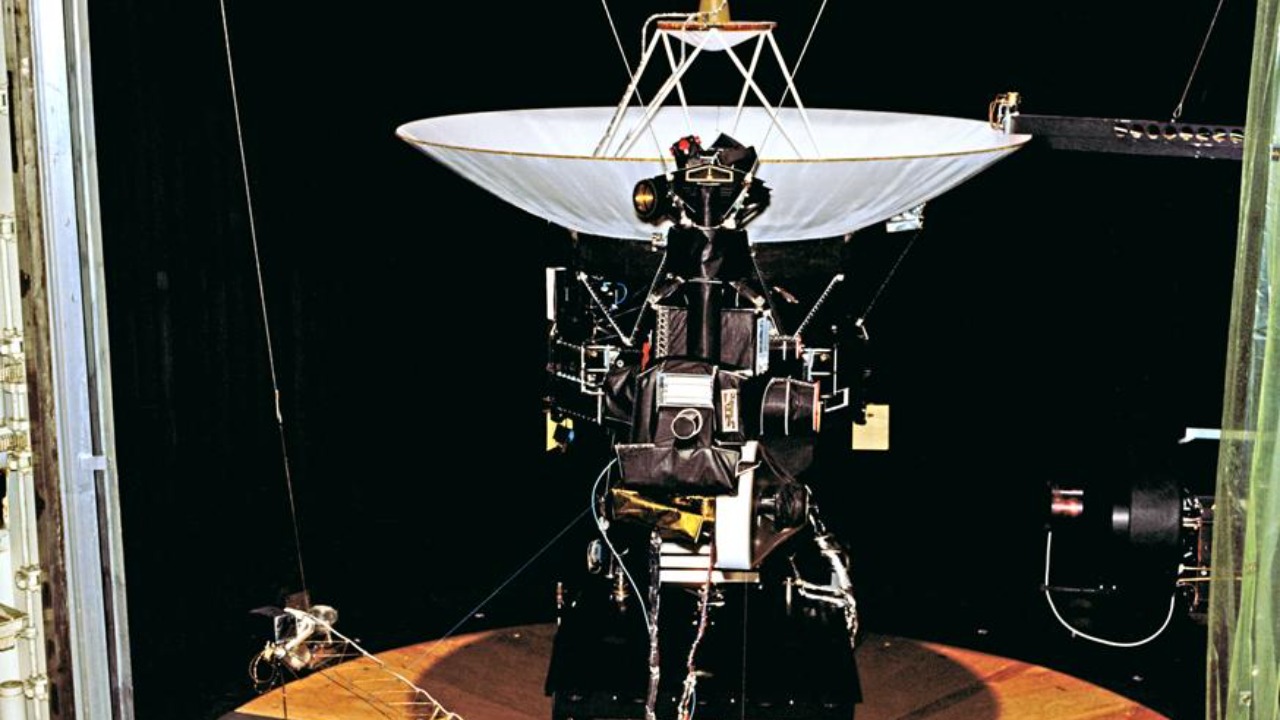
The Voyager spacecraft have recently detected a layer of hot plasma at the boundary of the solar system. This plasma layer, with temperatures ranging between 30,000 and 50,000 Kelvin, is believed to be the result of the solar wind slowing down and heating up as it encounters the interstellar medium. For a detailed description of the layer, click here.
The Voyager probes were able to detect this layer using their plasma wave instruments. These instruments can measure the density, temperature, and speed of plasma particles, providing crucial data to understand the properties of this layer. The detection of this hot plasma layer is a significant breakthrough in our understanding of the solar system’s boundary.
Implications of the Discovery

This discovery has substantial implications for our understanding of the solar system boundary. It provides a direct measurement of the conditions at the heliopause, offering new insights into the processes that occur there. The detection of the hot plasma layer will also influence our theories about the structure of the heliosphere and the interaction between the solar wind and the interstellar medium.
The discovery could also help us understand the interaction between our solar system and interstellar space. The hot plasma layer is thought to be a region where the solar wind slows down and interacts with the interstellar medium, providing a unique opportunity to study these interactions in detail. It’s expected that this discovery will prompt further research and studies into the nature of the solar system boundary.
Exploring Beyond the Solar System
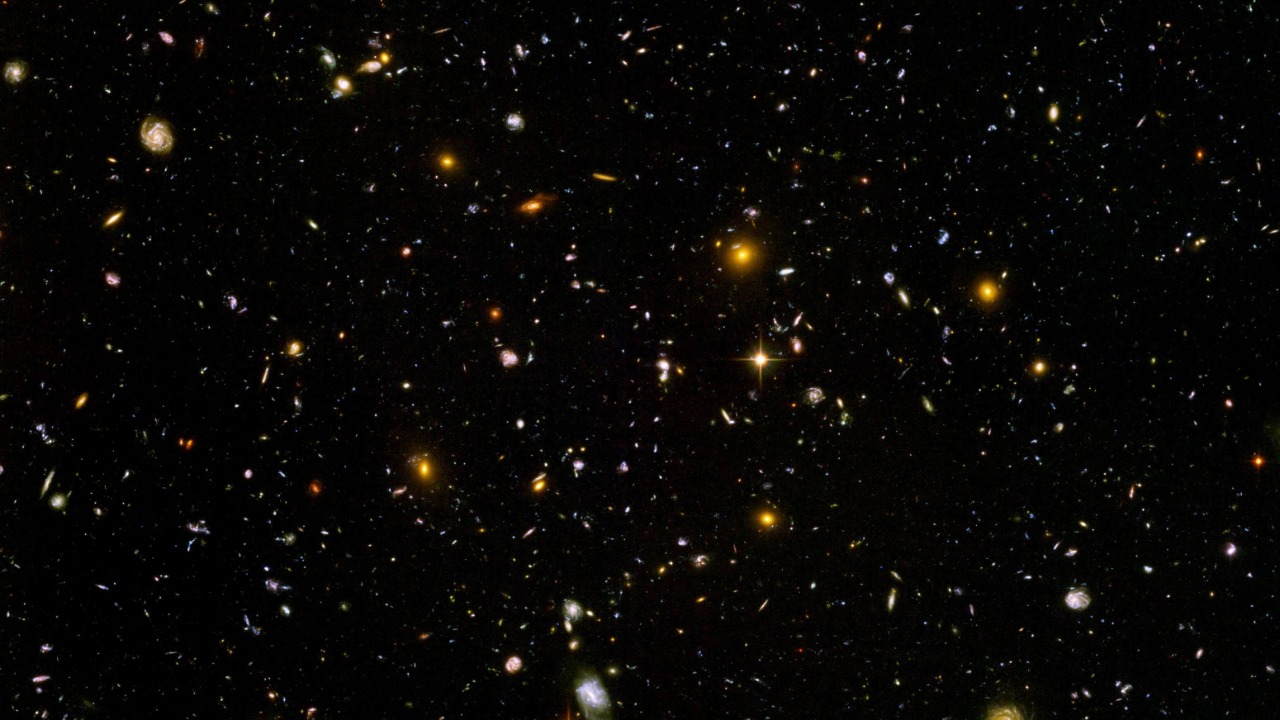
Even as we celebrate this discovery, the Voyager spacecraft continue their journey into interstellar space. Scientists hope to learn more about the interstellar medium, the cosmic rays that permeate it, and the influence of the galactic magnetic field on our solar system. The Voyager mission, with its wealth of data, continues to reshape our understanding of the universe.
The Voyager mission has already left an indelible mark on space exploration. Its discoveries have revolutionized our understanding of the solar system and paved the way for future exploration of the outer solar system and beyond. As we look forward to the continued journey of the Voyager spacecraft, we can’t help but marvel at their legacy and the exciting new discoveries that await us.